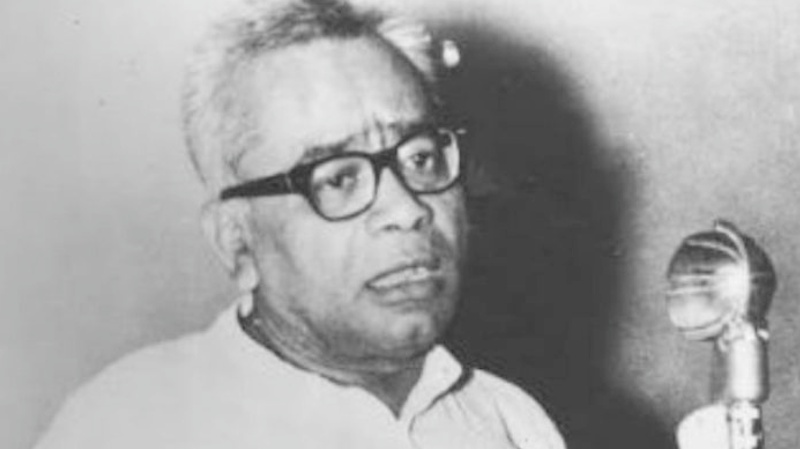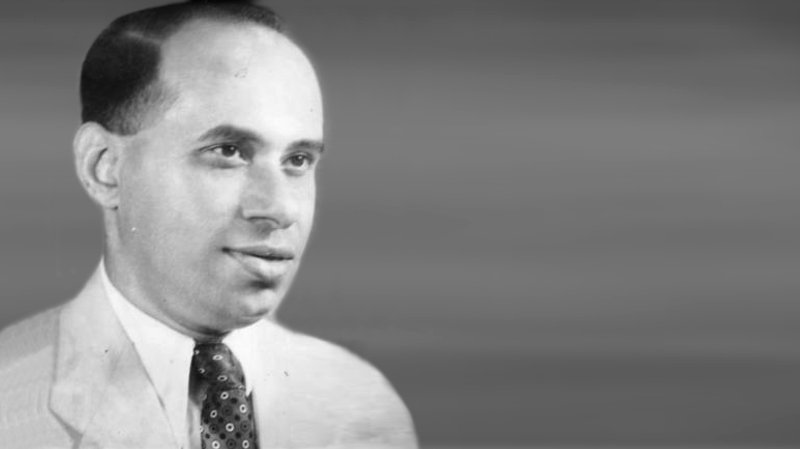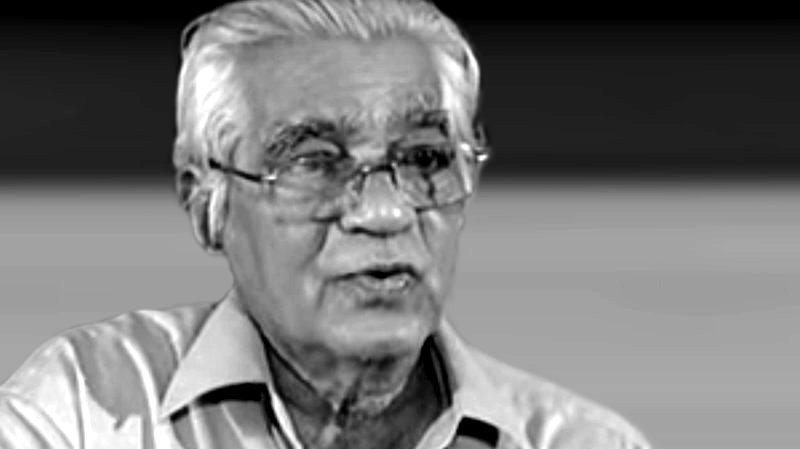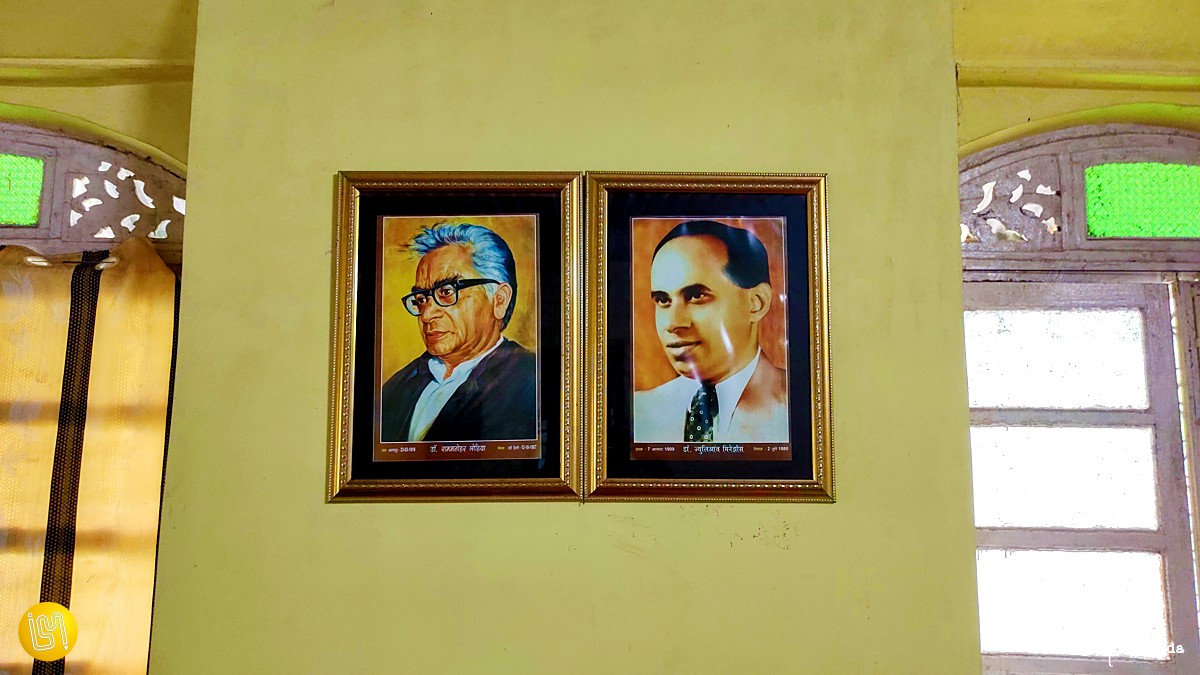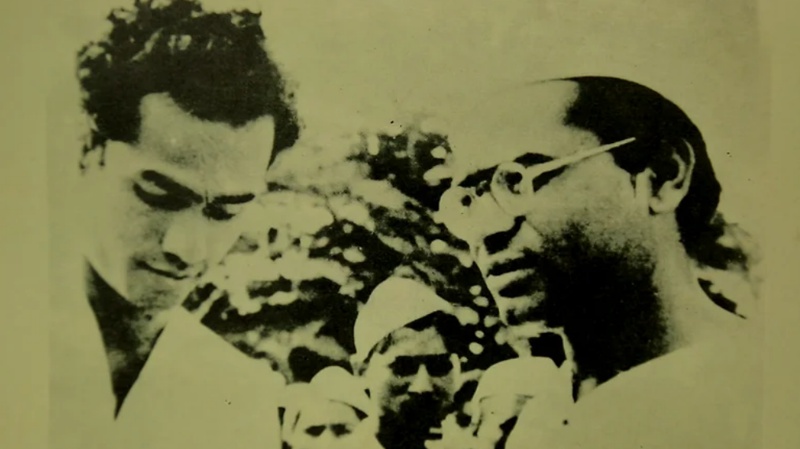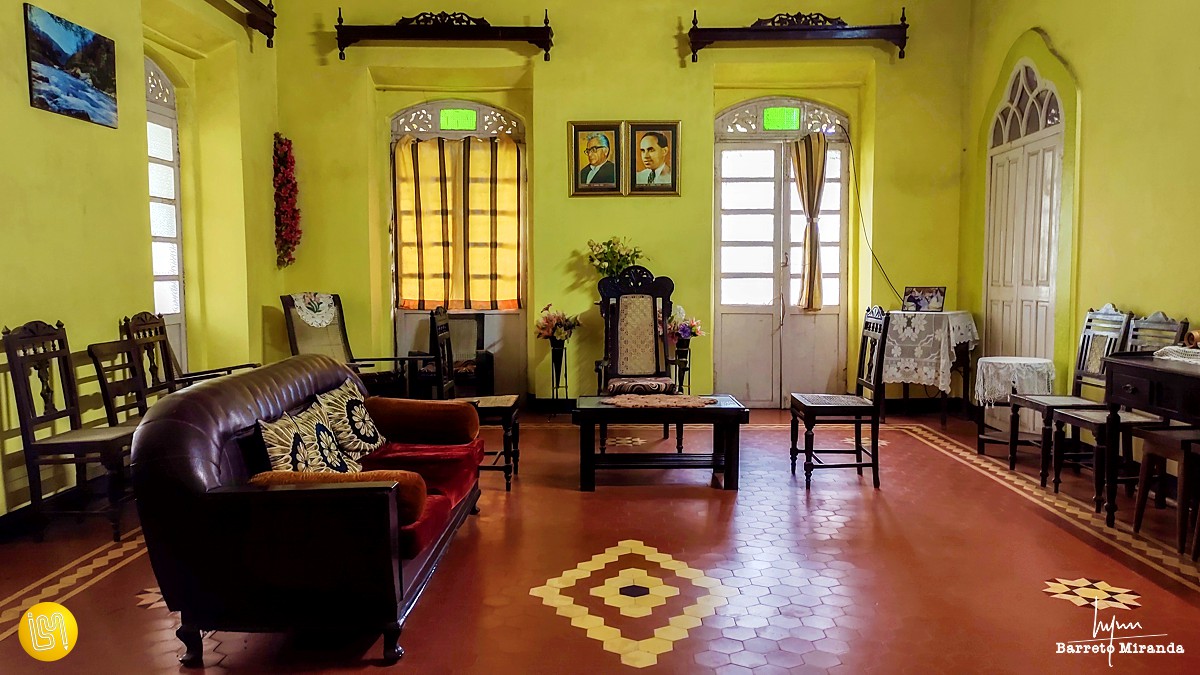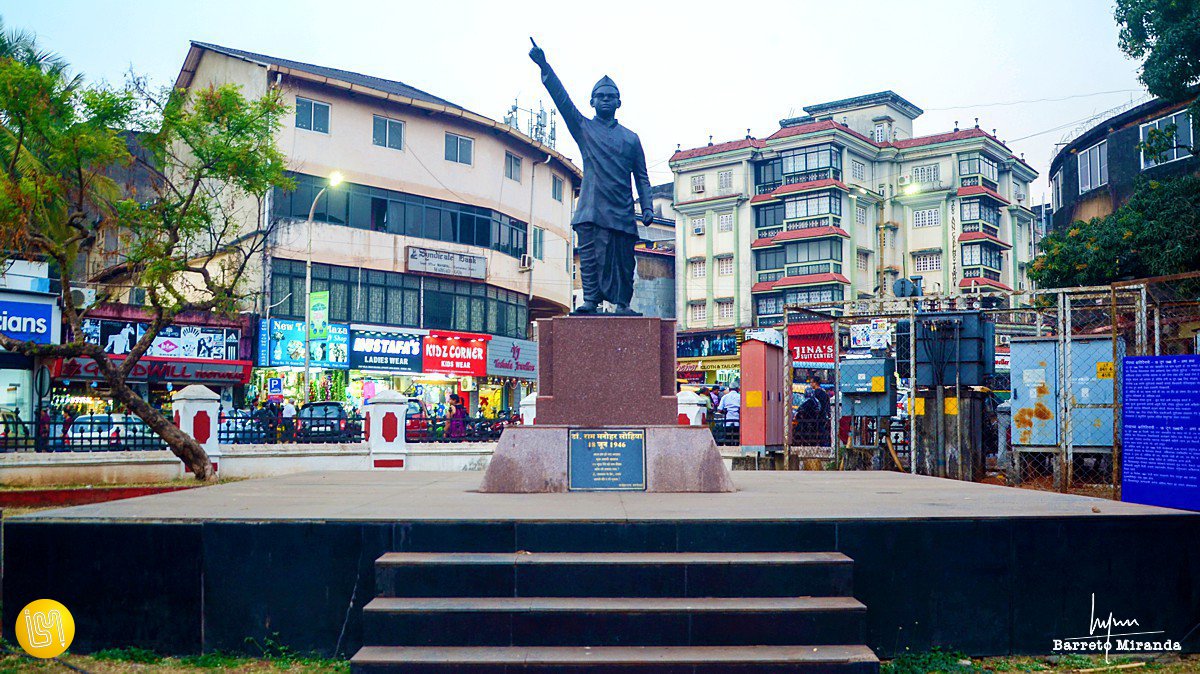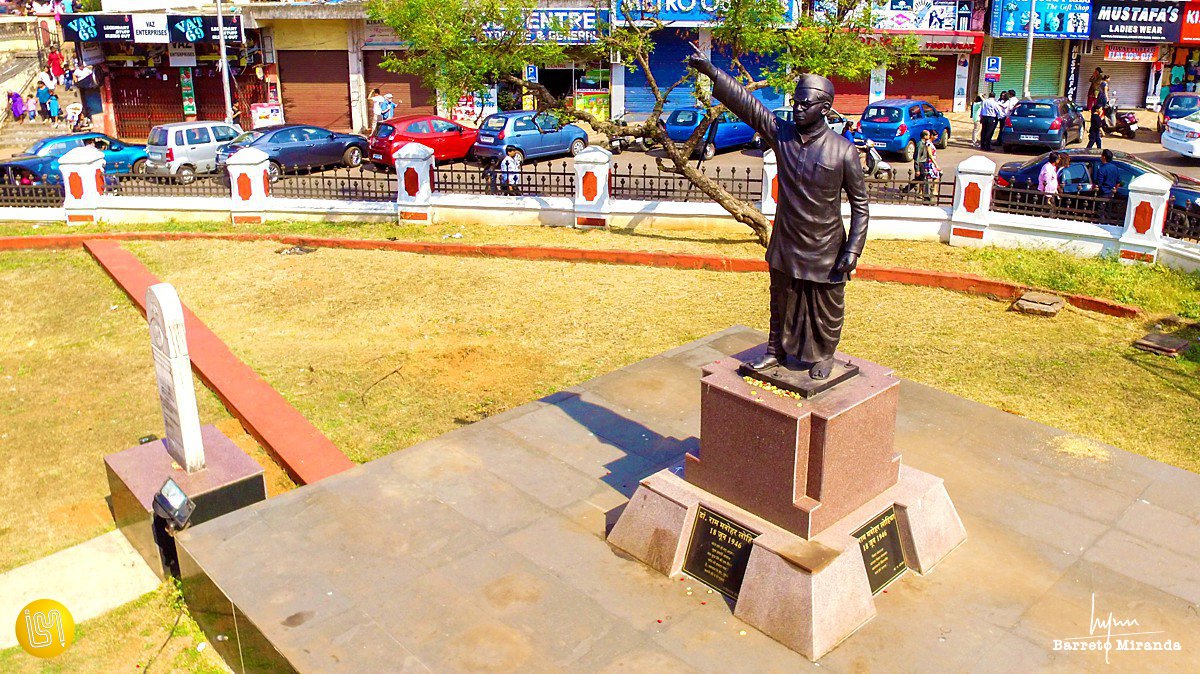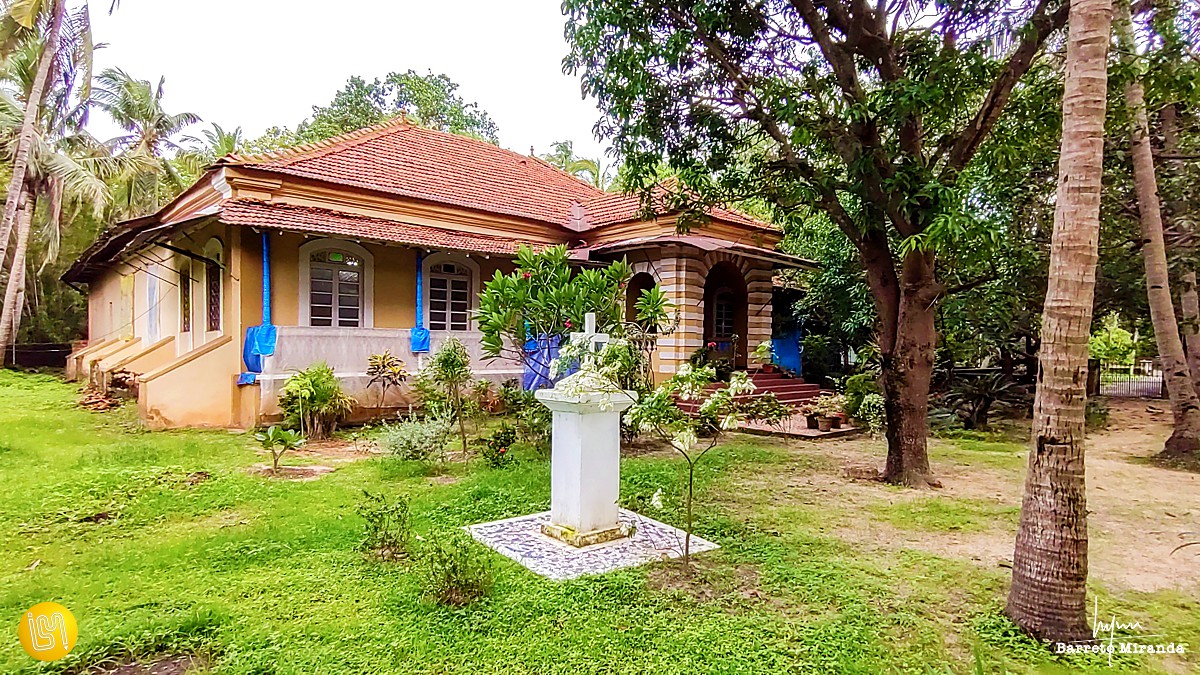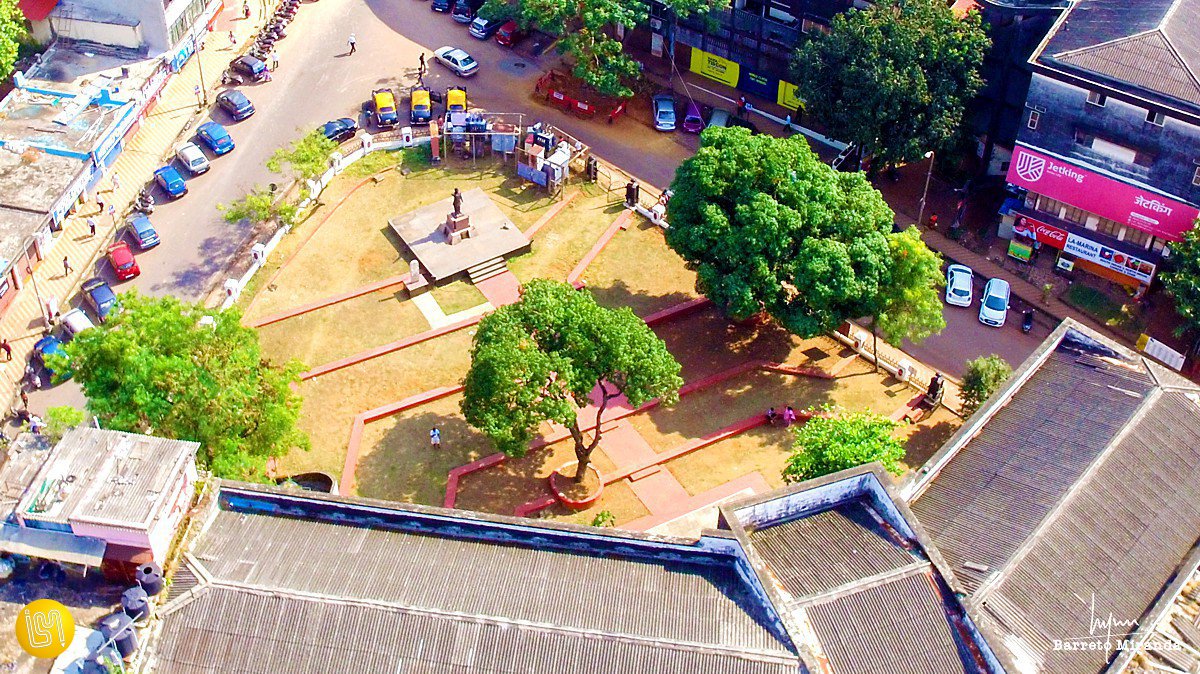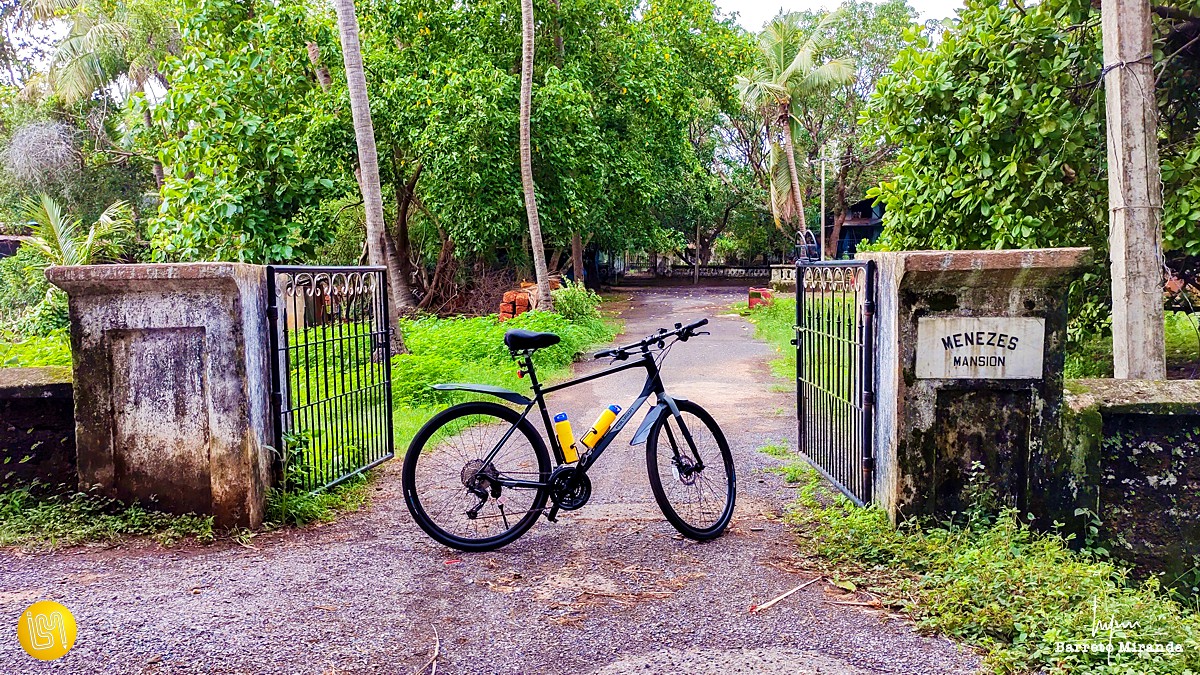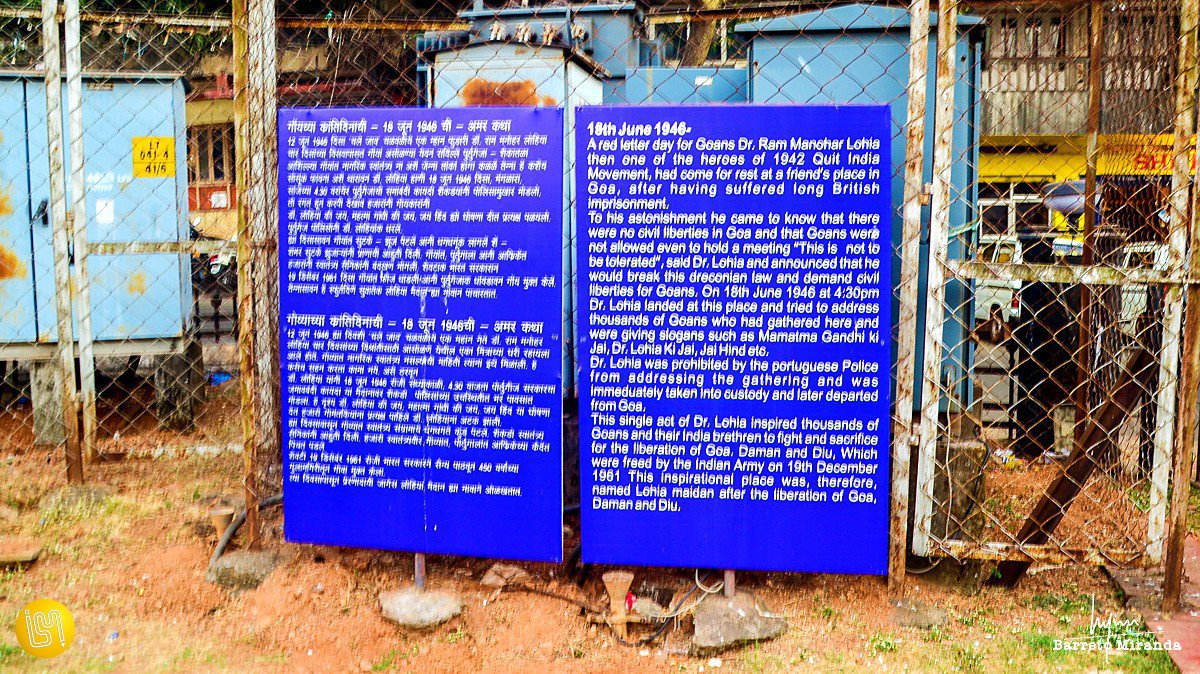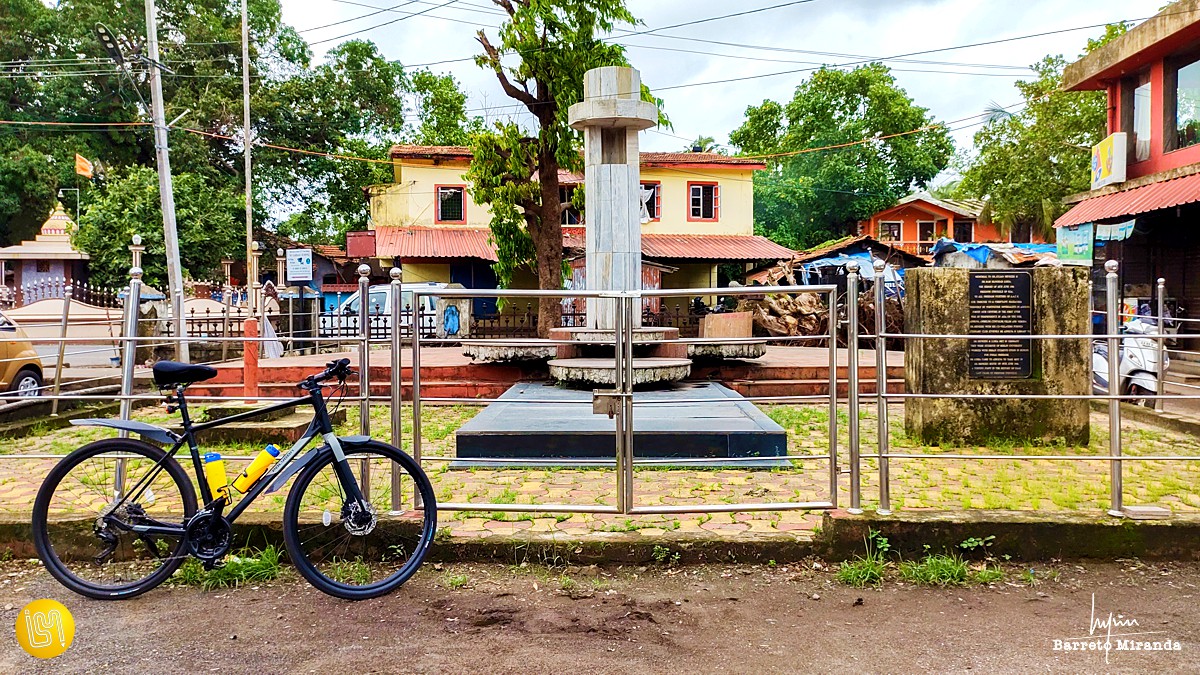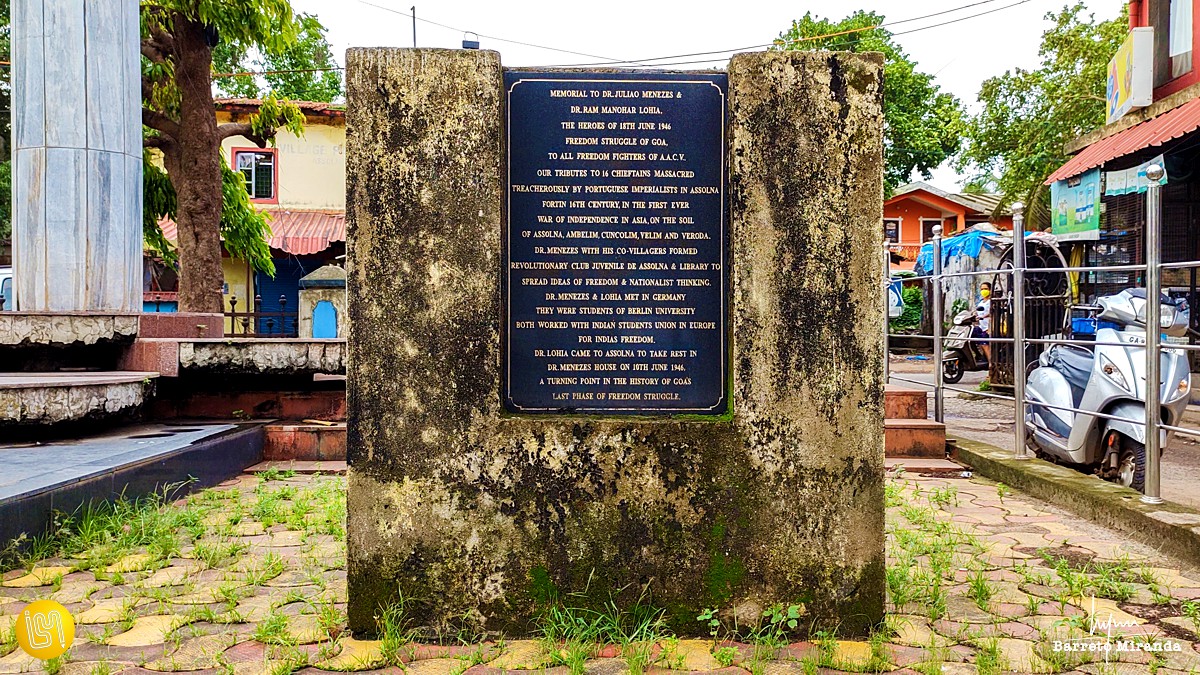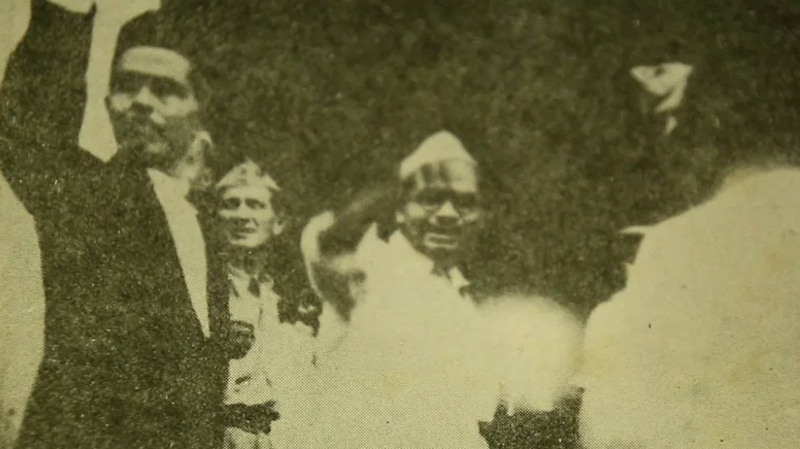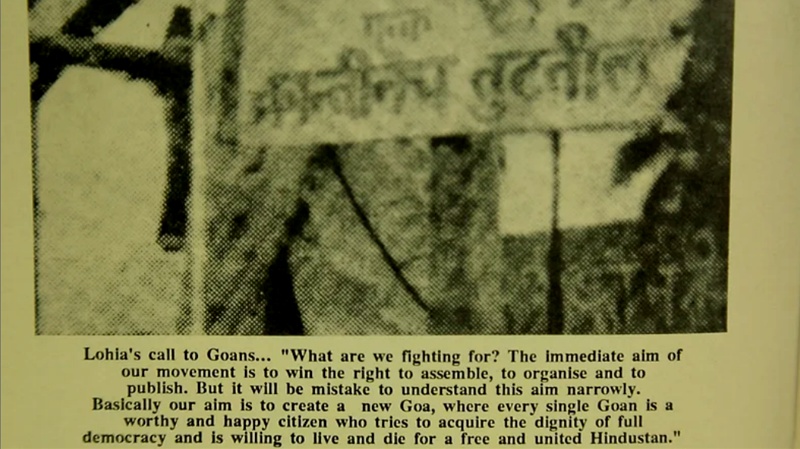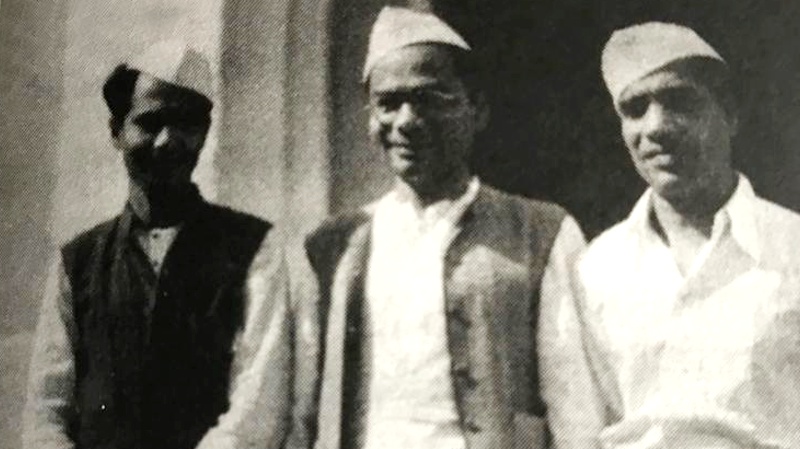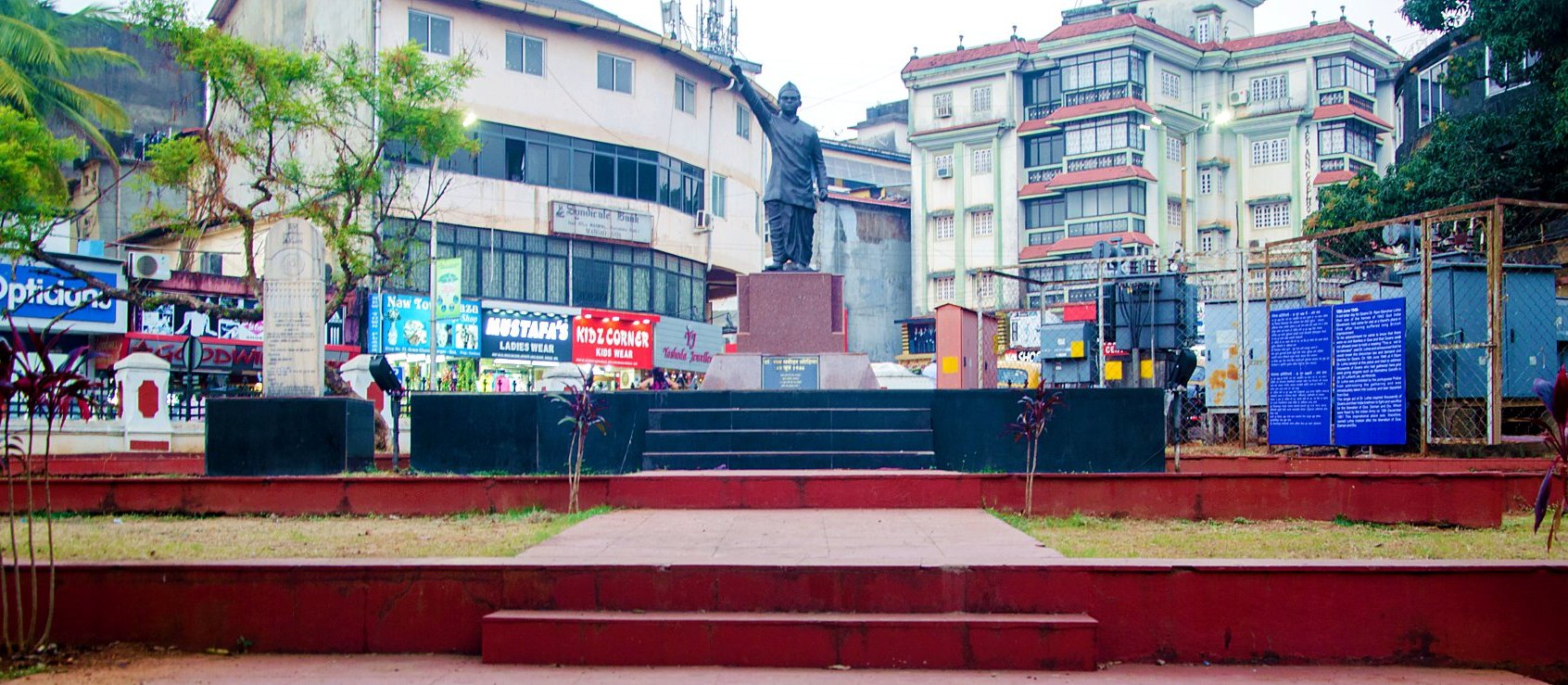
Goa Revolution Day, or 18th June as it is popularly known, is an important part of Goa’s history. It was on June 18, 1946, in Margao, that Dr Ram Manohar Lohia and Dr Julião Menezes started a civil disobedience movement against António de Oliveira Salazar’s dictatorial regime. That day, they started a revolution that eventually restored civil liberties to Goa’s people. They ignited a struggle for freedom from Portuguese rule, which resulted in Goa’s liberation on December 19, 1961.
But how much do you know about Dr Ram Manohar Lohia and Dr Julião Menezes?
Dr Ram Manohar Lohia
Dr Ram Manohar Lohia was born on March 23, 1910, in Akbarpur, currently part of Uttar Pradesh. He was brought up by his father; his mother passed away when he was two years old.
He studied in Bombay and Varanasi, got his B.A. degree from Vidyasagar College (under the University of Calcutta), in 1929. Interested in further studies, he chose Frederick William University (today’s Humboldt University of Berlin, Germany) over prestigious educational institutes in Britain, to convey his dim view of British philosophy. As a doctoral student from 1929 to 1933, he studied National Economy as his major subject. Due to his outstanding academic performance, he also received financial assistance. He learnt German, and wrote his Ph.D. thesis on the topic of ‘Salt Taxation in India’, focusing on Gandhi’s socio-economic theories.
Later in life, Dr Lohia was involved in the Indian independence movement and became a leading socialist leader. He was one among the prominent political figures who tried to clandestinely organise the Quit India revolt, launched by Gandhi in August 1942. He also worked with the Congress Radio which was broadcast secretly from various places in Bombay until 1942. Captured for the second time in May 1944 [he had earlier been imprisoned in 1940], he was incarcerated and tortured in Lahore Fort. As one of the last high security prisoners, Dr Lohia, together with Jayaprakash Narayan, was finally released on April 11, 1946.
Dr Julião Menezes
Born on August 7, 1909, and hailing from Assolna in South Goa, Dr Julião Menezes also played a major part in shaping Goa Revolution Day.
After his studies in Assolna and Panjim and after finishing Lyceum (Portuguese high school) in Goa, Dr Menezes went to Berlin in the 1920s and completed his M.D. degree in Medicine. And Berlin was where he met Dr Lohia who was the then Secretary of the Indian Students’ Union. It was a friendship that would play a significant part in Goa’s history.
After Dr Menezes returned to Goa, he worked with the Clube de Assolna and tried spreading rationalist thinking and nationalist activities. But Goa was not yet ready for such ideas, and he faced a lot of opposition. He then moved to Bombay in 1939 and founded the Gomantak Praja Mandal. Dr Menezes also started a bilingual weekly, Gomantak (in Konkani and English), in 1942.
Through all these years, he and Dr Lohia stayed in contact. On his release from prison in Lahore in 1946, Dr Lohia came to Mumbai and met Dr Menezes. After examining Dr Lohia, Dr Menezes told him that he needed rest as the incarceration had taken a toll on his health. He offered to take him to his village in Goa. Dr. Lohia accepted the invitation and arrived at Dr Menezes’s house in Assolna on June 10, 1946.
The first spark that lit the fire – the fire of Liberation.
What was originally a visit to recuperate, evolved into a historical civil disobedience movement. News spread all over Goa when O Heraldo – the local newspaper, reported of Dr Lohia’s arrival. Goan intellectuals and political activists rushed to Dr Menezes’s residence to apprise Dr Lohia of the plight of the Goans.
June 15: Precursor to 18 June
On June 15, 1946, Dr Menezes and Dr Lohia organised a public meeting in Panjim. It would be the first time anyone had started such a movement while the Portuguese ruled Goa. The meeting was an act of civil disobedience, as a ban on public meetings had been imposed by the then Portuguese government. However, much to everyone’s surprise, this public meeting was tolerated by the colonial rulers.
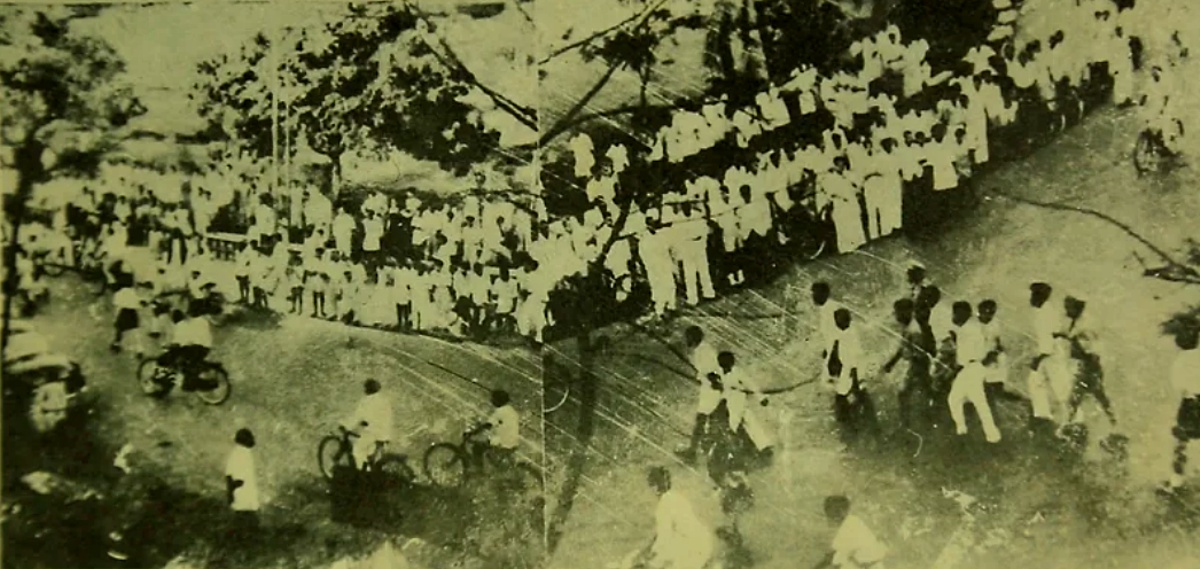
June 18
The historic day was Tuesday, June 18, at 4.15pm Dr Lohia along with Dr Menezes, entered Margao square riding in a horse carriage. They were greeted by thousands of supporters shouting, “Dr Lohia ki Jai! Dr Julião Menezes ki Jai!” This time the authorities did intervene; both men were arrested and imprisoned in Panjim Jail.
The people that had gathered for the meeting, however, had been given a taste of what could be. They refused to back down and the police could neither get them to disperse nor to stop chanting slogans demanding the release of the two men.
Ultimately, both men were released – but Dr Lohia was taken out of Goa and set free in Collem. Dr Menezes went back to Bombay and continued to make waves through his newspaper. He also published a book, Goa’s Freedom Struggle (1947).
And it is thanks to Dr Lohia and Dr Menezes that the protest of June 18, 1946 was the ultimate catalyst in making the Goans believe that their land, seas and sand could breathe the same air of freedom as the rest of India and set on a course which ended with Goa finally getting liberated. Thus the day would prove to be a watershed day in the history of the Goan freedom struggle. Since then, the day is remembered as the Goa Revolution Day.
Yet, there is hardly any mention of Dr Julião Menezes today even though it can be said that the freedom movement began at his residence in Assolna.
For more information about Dr. Juliao Menezes read Anzil Fernandes’ blog post.
https://fernspages.wordpress.com/the-unsung-hero-of-18th-june-1946-dr-juliao-menezes/
Dr. Manohar Rai Sardesai has penned an emotive poem, ‘Otthra Jun’ (The Eighteenth of June), commemorating the civil disobedience movement. The passionate appeal for unity among Goans expressed through the lines ‘Bhava, tuka iad asa Otthra Jun?’ (Brother, do you remember the 18th of June?) repeated several times in the poem is unmistakable.
| Otthra Jun
Udok legit zal’lem rogot Bondkhonniche dukhest chire Mongllaracho aslo dis Soddnnukecho ailo dis Kitle oxe aile gele Mollbacho mattov pinzun Tea disa ugddasan |
The Eighteenth of June
Do you remember, brother, Our prison’s sorrowful bricks It was a Tuesday. The day of our freedom dawned at last. So many times it has come and gone Tearing asunder the sky’s canopy Memories of that day |
The English translation is by Fr. Vasco do Rego SJ
Poem courtesy: Arch. Sunil Sardessai

